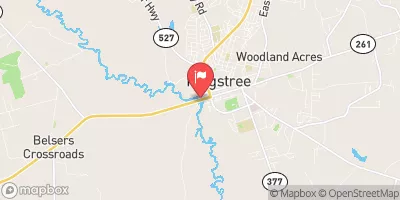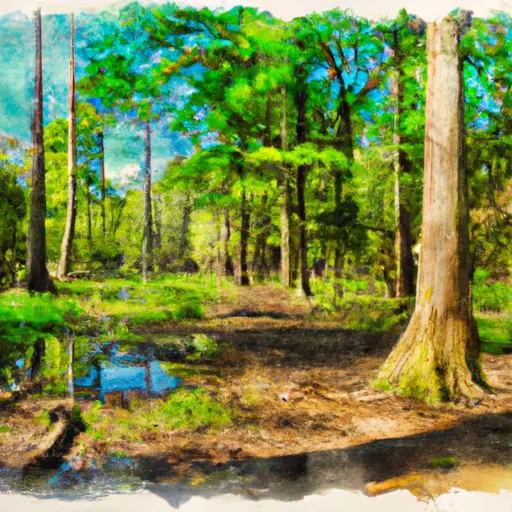Summary
This beautiful pond is home to some of the most sought-after fish species in the region, including largemouth bass, channel catfish, and bluegill.
Fishing Tips: To catch the largemouth bass, anglers should use soft plastic worms, buzzbaits, spinnerbaits, and topwater plugs. For channel catfish, anglers should use live baits like nightcrawlers, chicken livers, and cut baits. Bluegills can be caught using worms, crickets, and small jigs.
Best Time of Year to Visit: The best time to visit the New Hope Pond for fishing is from March to May and September to November. During this time, the average temperature ranges from 60 to 85 degrees Fahrenheit.
Nearby Activities: If you're looking for other activities beyond fishing, there are plenty of options nearby. Visitors can hike the trails at the New Hope Environmental Education Center, explore the historic downtown, or take a day trip to nearby Greenville.
Overall, New Hope Pond is a must-visit fishing spot in South Carolina. With its wide variety of fish species, beautiful scenery, and nearby activities, it's a great destination for anglers and outdoor enthusiasts alike.
Weather Forecast
Nearby Streamflow Levels
 Santee River Nr Jamestown
Santee River Nr Jamestown
|
1090cfs |
 Lake Moultrie Tailrace Canal At Moncks Corner
Lake Moultrie Tailrace Canal At Moncks Corner
|
1290cfs |
 Turkey Creek Near Maryville
Turkey Creek Near Maryville
|
1cfs |
 Back River At Dupont Intake Nr Kittredge
Back River At Dupont Intake Nr Kittredge
|
4000cfs |
 Santee River Near Pineville
Santee River Near Pineville
|
705cfs |
 Black River At Kingstree
Black River At Kingstree
|
362cfs |
Angling Safety Guidelines
Check local fishing rules, seasons, size limits, and license requirements to ensure legal and sustainable angling.
Handle Fish Responsibly
Use wet hands, minimize air exposure, and release fish gently to improve survival rates when practicing catch-and-release.
Choose the Right Gear
Match your rod, line, and tackle to the species and conditions to increase success and reduce unnecessary harm to fish.
Respect the Waterway
Avoid disturbing habitat, prevent bank erosion, and keep a safe distance from spawning areas to protect ecosystems.
Keep It Clean
Pack out all line, hooks, bait containers, and trash—discarded gear can injure wildlife and degrade waterways.
Related Links
Area Campgrounds
| Location | Reservations | Toilets |
|---|---|---|
 Honey Hill Recreation Area
Honey Hill Recreation Area
|
||
 Honey Hill
Honey Hill
|
||
 Guilliard Lake
Guilliard Lake
|
||
 Elmwood
Elmwood
|
||
 Elmwood Recreation Area
Elmwood Recreation Area
|
||
 Halfway Creek Trail Camp
Halfway Creek Trail Camp
|

 Bluebird Pond
Bluebird Pond
 Jackie Pond
Jackie Pond
 Guilliard Lake
Guilliard Lake
 Windom Corner Pond
Windom Corner Pond
 Co-op Pond
Co-op Pond
 Little Hell Hole Dam
Little Hell Hole Dam
 Forest Road 204 F, Jamestown
Forest Road 204 F, Jamestown
 Wilderness Wambaw Swamp
Wilderness Wambaw Swamp
 Wilderness Wambaw Creek
Wilderness Wambaw Creek
 Francis Marion National Forest Huger Recreation Area
Francis Marion National Forest Huger Recreation Area
 Wilderness Little Wambaw Swamp
Wilderness Little Wambaw Swamp
 National Wildlife Refuge Francis Marion
National Wildlife Refuge Francis Marion